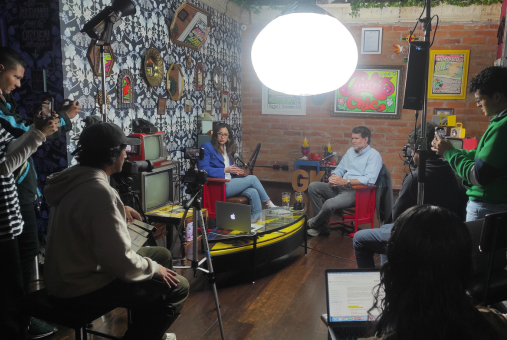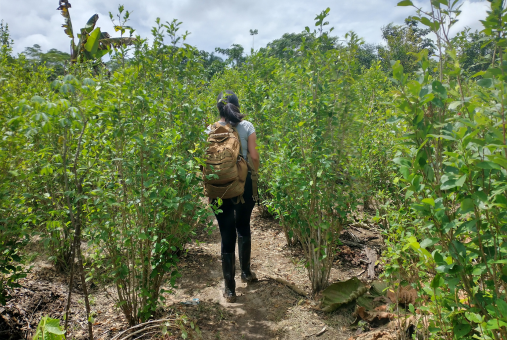
From selling services to striking partnerships, outlets such as Correio Sabiá in Brazil and GK in Ecuador are diversifying to keep journalism going as money gets tight.

Brazilian researchers analyzed 187 media outlets worldwide and found that, amid growing dependence on tech companies, news organizations’ survival hinges on aligning their editorial mission with their funding models.

la diaria calls its approach “human journalism.” With support and input from its readers, the paper investigates government corruption, airs a radio station and produces documentaries.

Al Margen focuses on investigating crime as a social phenomenon, not just with a breaking news angle. With a focus on data and fieldwork, it seeks to reveal realities often hidden from the public.

A new report finds many journalists in Ecuador earn below minimum wage. To get by, they juggle side jobs, launch their own media outlets or altogether leave the profession.

Independent journalism in Venezuela faces a serious crisis due to censorship, persecution and a lack of funding, a situation that has prompted solidarity initiatives such as the Vaca Mediática. This project seeks not only to fund journalistic work but also to send a message of unity and resistance in the face of repression.

A freeze on foreign funding from the U.S. has forced independent media in Latin America to reflect on the importance of diversifying income sources.

Partnering with El Deber, Bolivia’s largest newspaper, Connectas is kicking off a pilot campaign to connect donors in the U.S. with independent media across the continent.

Clarín and La Nación managed to make so much progress where many around the world have failed. From installing paywalls to offering exclusive content, here's how they've done it.

Cuban journalist José Nieves speaks with colleagues from Cuba, El Salvador, Nicaragua and Venezuela about membership campaigns, content agencies, virtual stores, holding events, and sustainability challenges.

In Latin America, “podcast” and “Spotify” became synonymous; now the audio industry is reckoning with the company’s retreat.

Adopting a product mentality in journalism involves transforming the creation and distribution of content by considering the needs of the audience and using data to make decisions. LJR presents seven expert recommendations for those unfamiliar with the approach.